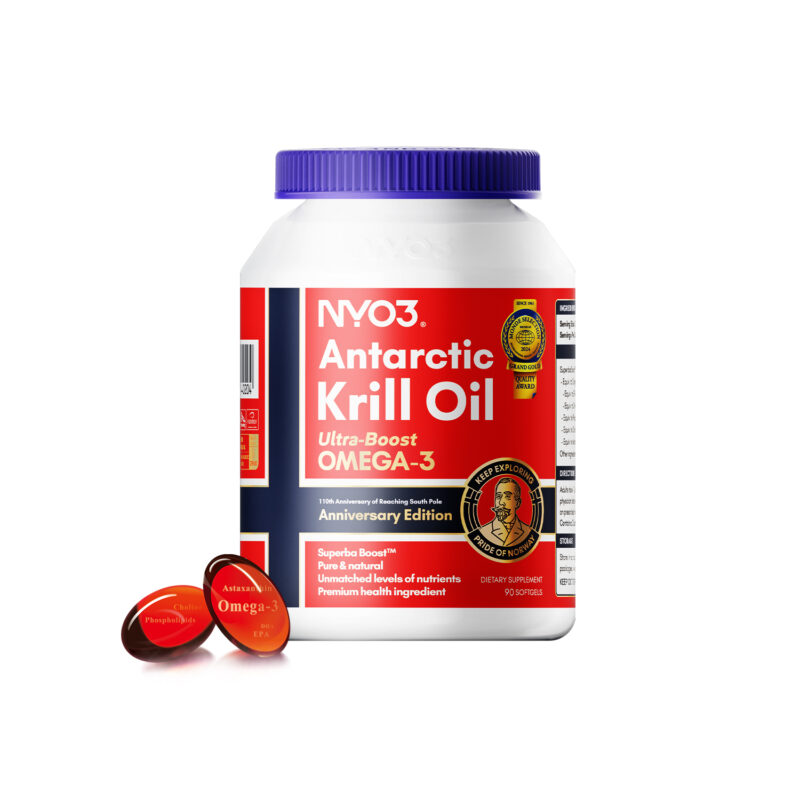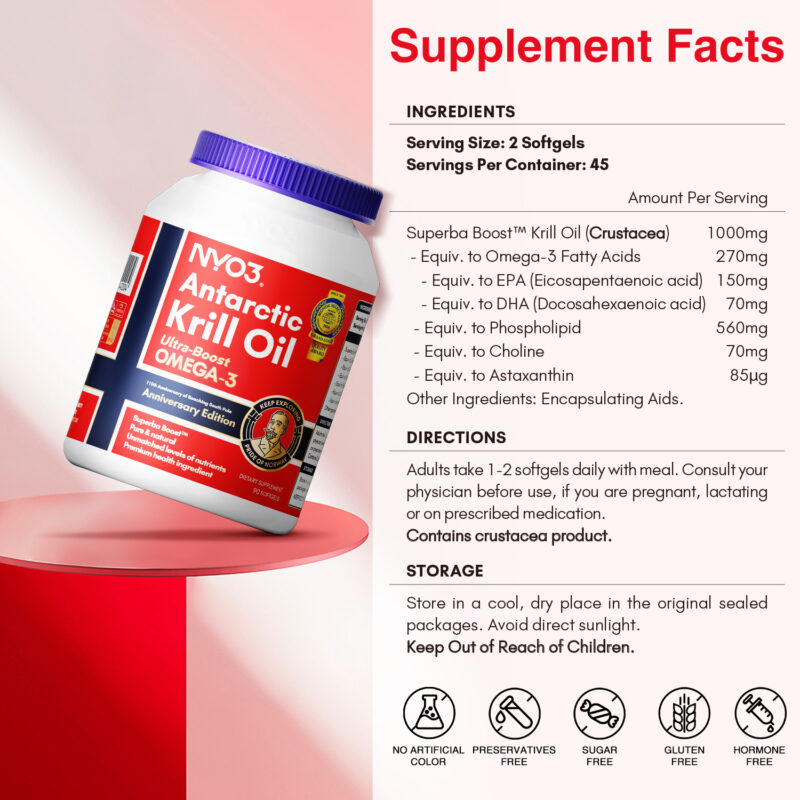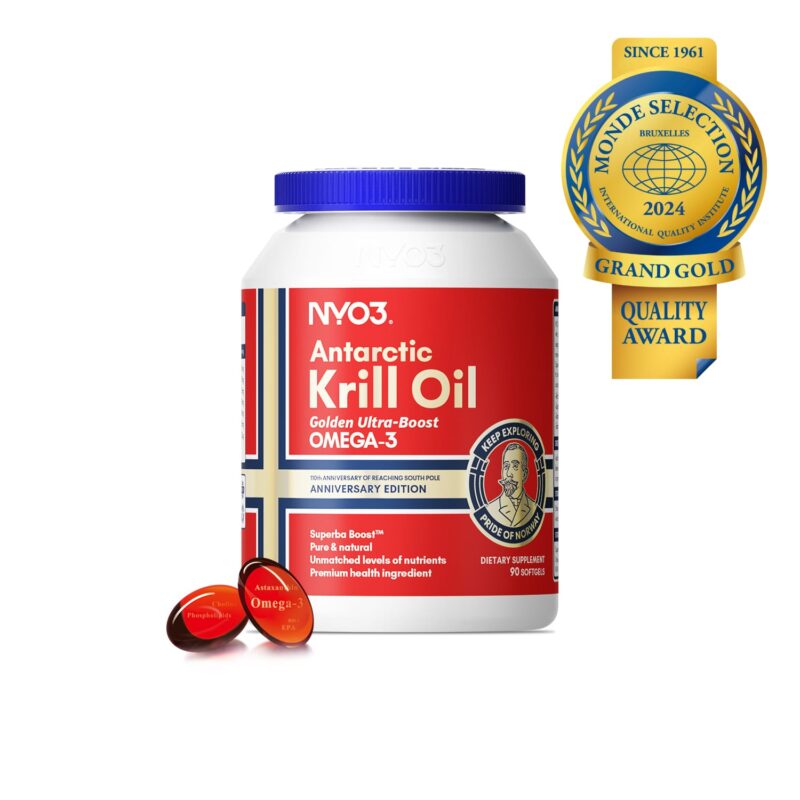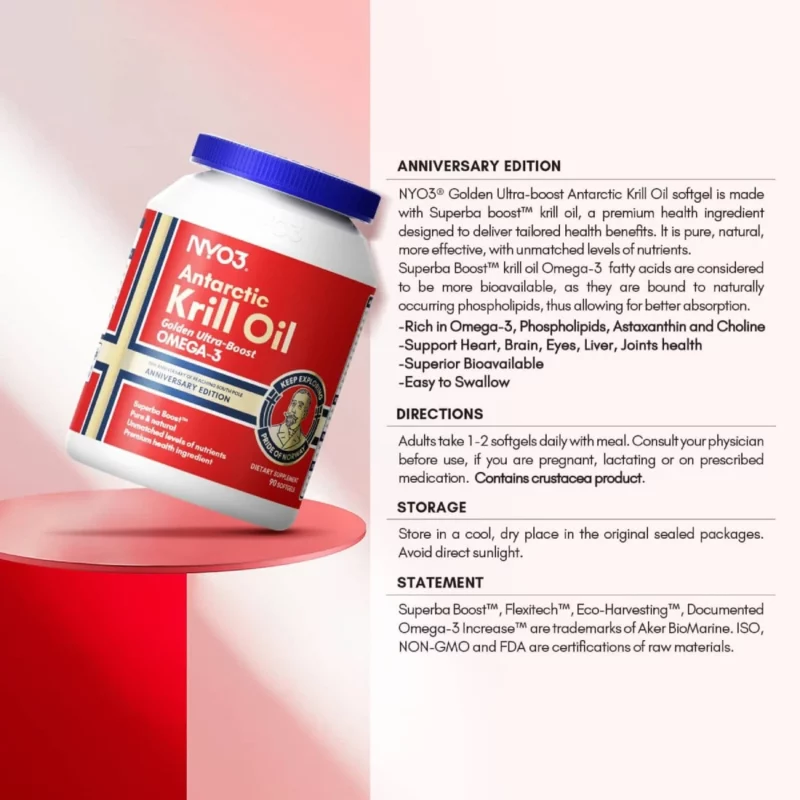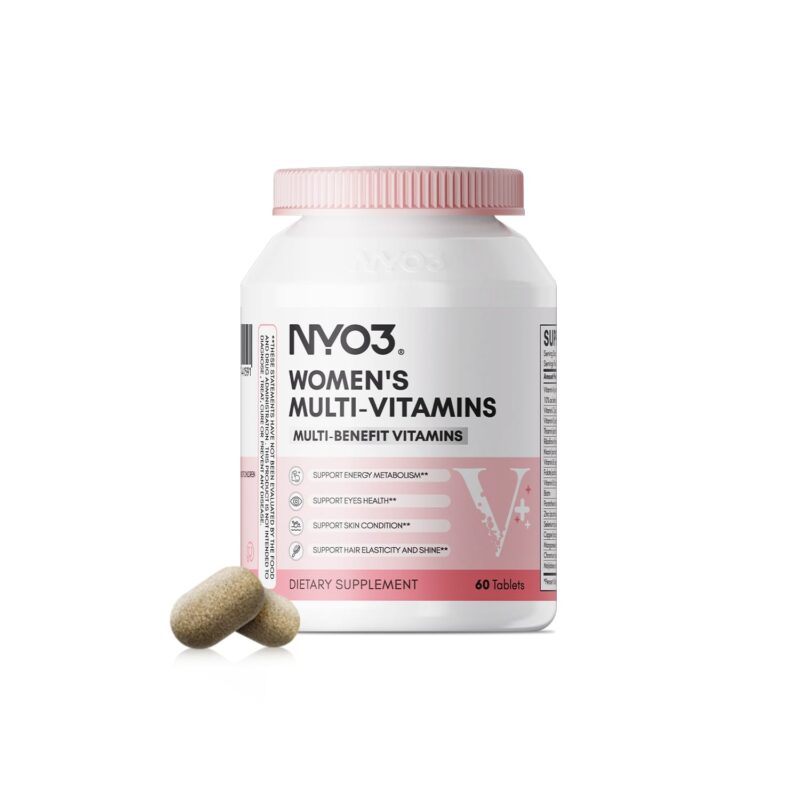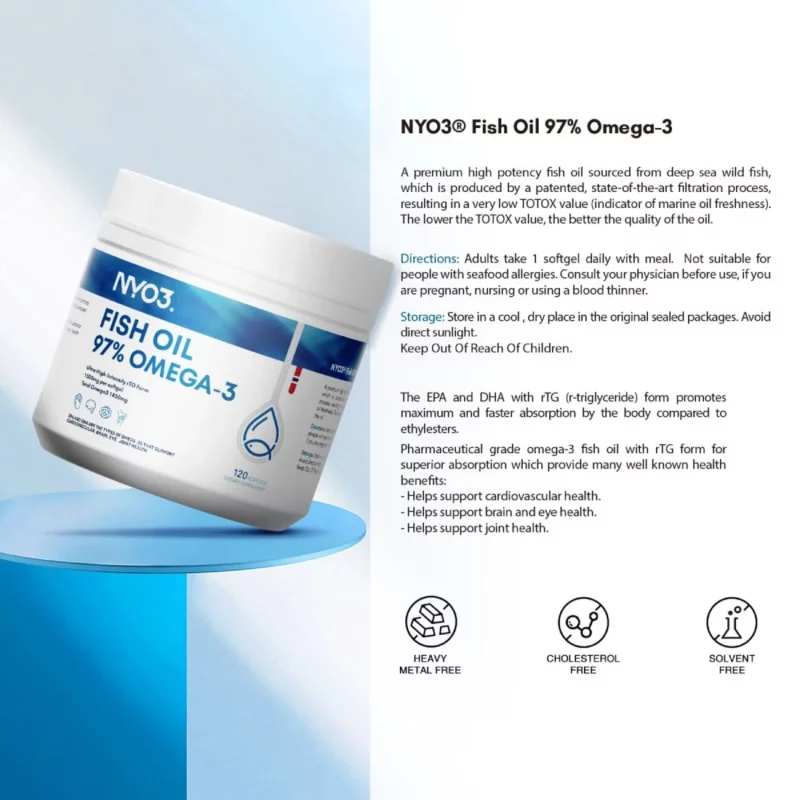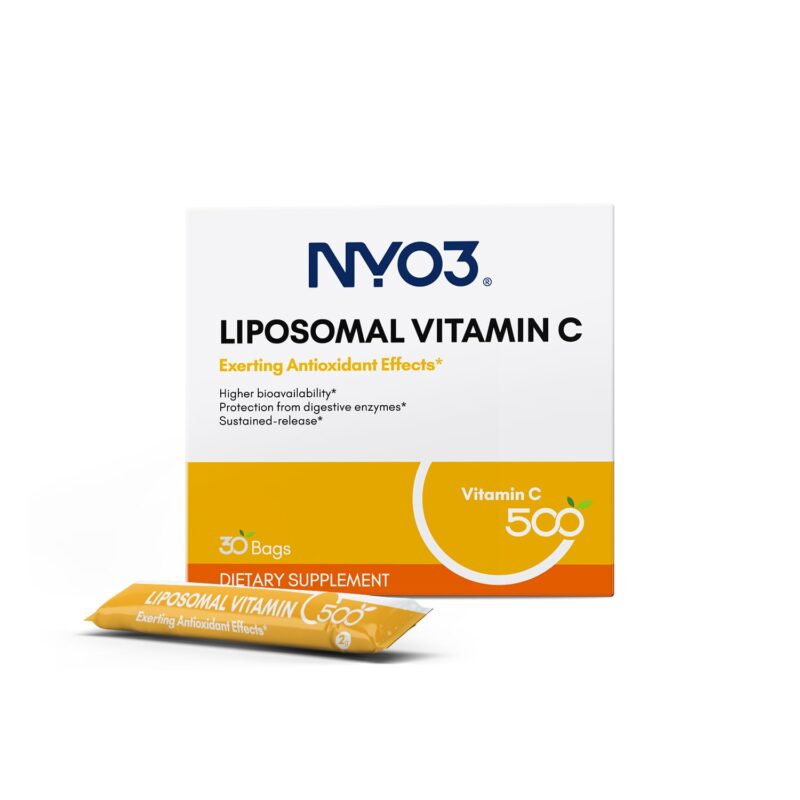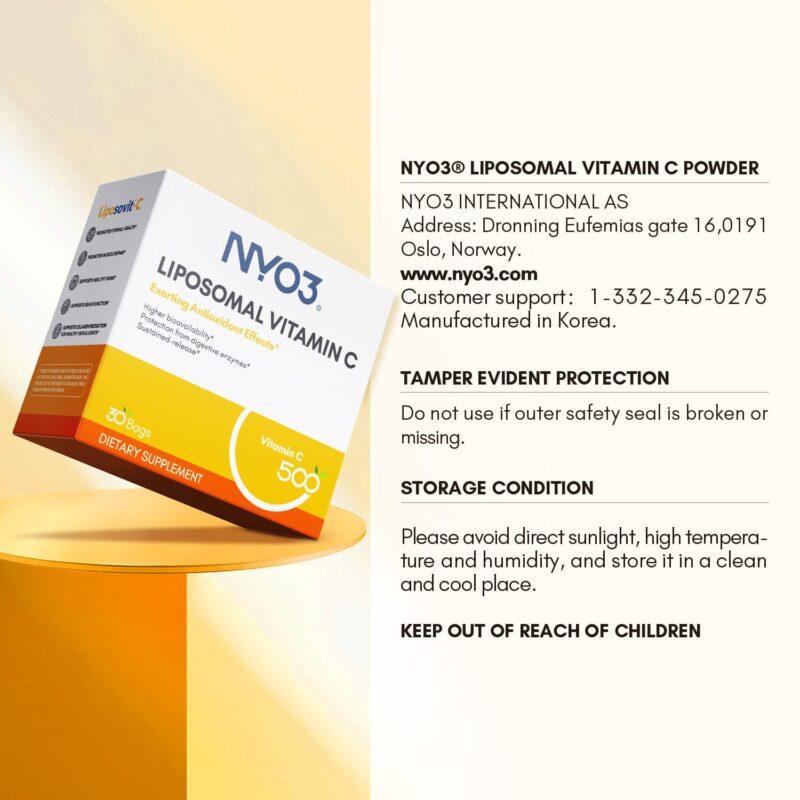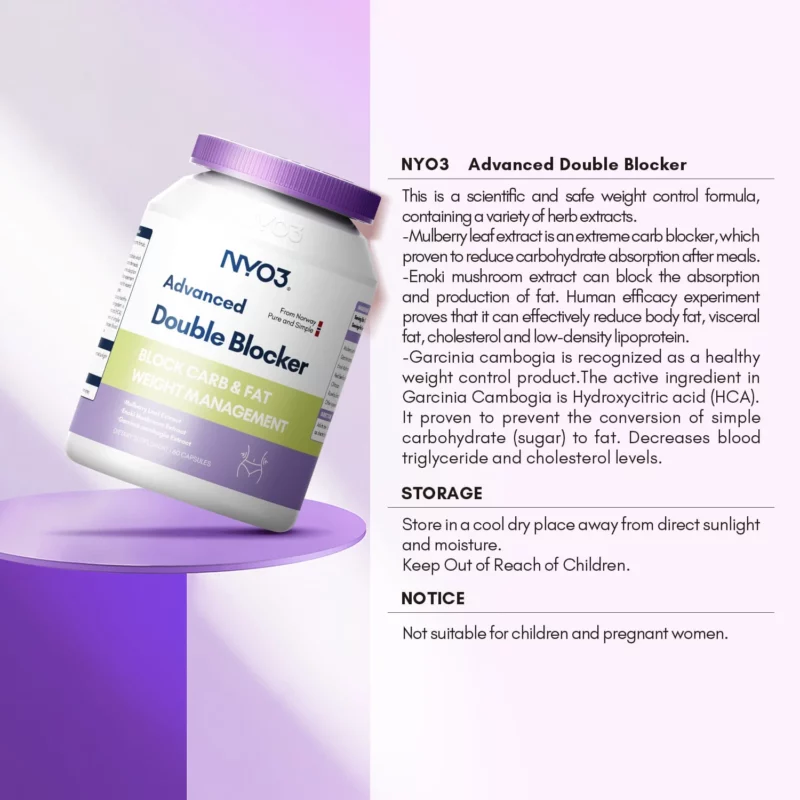Is Olive Oil a Seed Oil? A Comprehensive Guide.
Many people wonder about the difference between olive oil and seed oils when choosing healthy cooking fats. You might be surprised to learn that olive oil is not a seed oil – it’s actually a fruit oil that comes from pressing whole olives, not seeds.
Seed oils come from pressed seeds like sunflower, canola, and grapeseed. These oils are different from olive oil, which is extracted from the flesh of olives. This distinction matters because olive oil and seed oils have different nutritional profiles and health effects.
You can spot the difference by looking at how these oils are made. While seed oils need extensive processing and chemical extraction, olive oil is made by simply pressing ripe olives to release their natural oils. This simpler process helps olive oil keep more of its natural nutrients.
The Basics of Olive Oil Production
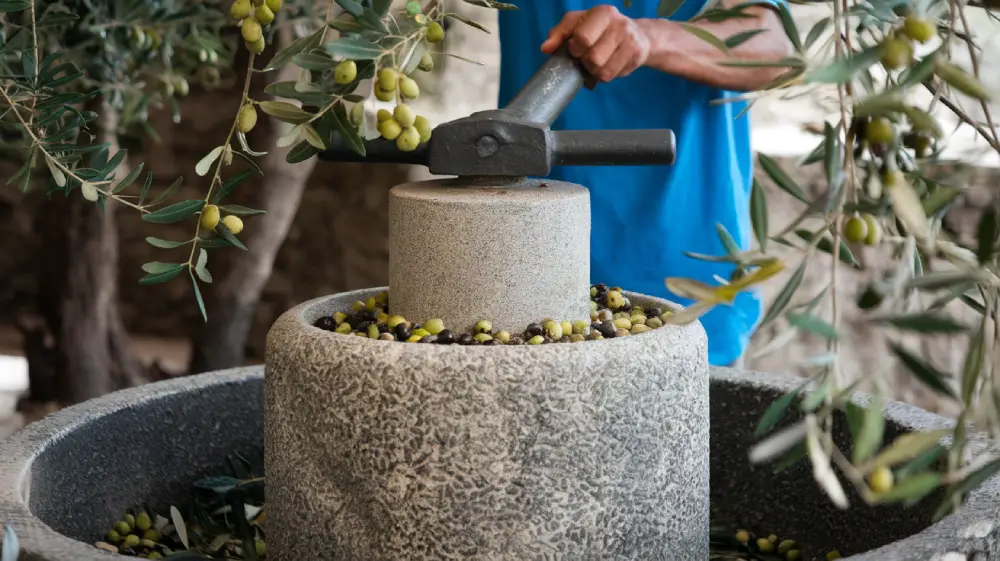
Olive oil comes from crushing whole olives into a paste and then separating the oil through mechanical means. Unlike seed oils that require chemical processing, olive oil maintains its natural compounds through this simple extraction process.
How Olive Oil Is Made
Modern olive oil production uses mechanical methods to extract oil while preserving its nutrients and flavor. The process starts with harvesting ripe olives at their peak.
Workers clean the olives to remove leaves, twigs, and dirt. The clean olives go through a crusher that turns them into a paste.
The olive paste moves to a malaxer – a machine that slowly stirs it to help tiny oil droplets combine into bigger ones. This makes the oil easier to extract.
From Olive Tree to Oil: Key Stages
Stage 1: Harvesting
- Pick olives when they turn from green to purple
- Use nets or mechanical harvesters
- Transport quickly to prevent spoilage
Stage 2: Processing
- Clean and wash olives
- Crush into paste
- Malax (mix) the paste
Stage 3: Extraction
- Separate oil using centrifuges
- Filter to remove particles
- Store in steel tanks at 18°C
Olives vs. Seeds: Understanding the Difference
Olive oil comes from the fruit’s flesh, not seeds like canola or sunflower oil. This key difference affects both production and quality.
Your regular seed oils need chemical solvents and high heat for extraction. Olive oil uses only mechanical pressure, keeping its natural benefits intact.
Seed oils require extensive refining to become edible. Extra virgin olive oil is ready to use right after extraction, with no additional processing needed.
What Are Seed Oils?
Seed oils come from pressing or extracting oils from various plant seeds. These oils are common in processed foods and everyday cooking.
Definition and Examples of Seed Oils
Seed oils include canola, corn, cottonseed, grapeseed, soybean, sunflower, rice bran, and peanut oils. These oils are often refined and processed for cooking use.
Unlike fruit-based oils, seed oils come specifically from the seed portion of plants. For example, olive oil is not a seed oil because it comes from the flesh of olives, not their seeds.
You’ll find seed oils in many packaged foods like:
- Salad dressings
- Baked goods
- Frozen meals
- Snack foods
- Margarine
How Seed Oils Are Made
The production of seed oils involves several steps:
- Collection: Seeds are gathered and cleaned
- Pressing: Seeds are crushed to extract raw oil
- Refining: The oil goes through chemical processing
- Filtering: Impurities are removed
The refining process often uses high heat and chemicals to make the oil shelf-stable. This industrial process helps create a neutral taste and increases the oil’s smoke point for cooking.
Comparing Olive Oil and Seed Oils
Olive oil comes from pressed fruit while seed oils are extracted from plant seeds through industrial processing. The differences in their origins lead to unique nutritional profiles, health effects, and cooking uses.
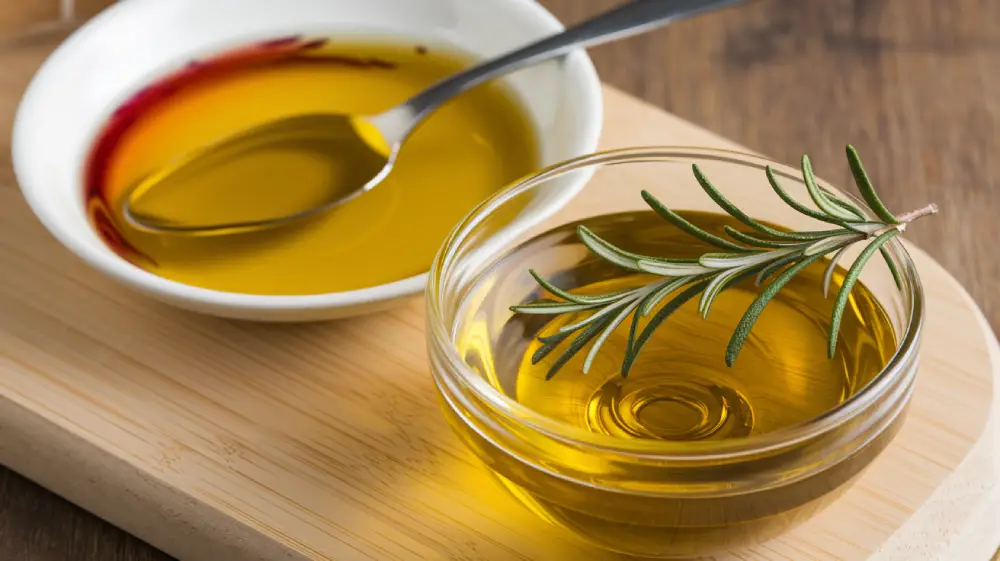
Olive Oil vs. Seed Oils: A Nutritional Perspective
Olive oil contains high levels of monounsaturated fats and antioxidants, unlike most seed oils which are high in polyunsaturated fats. The fat composition matters for your health.
Most seed oils have high amounts of omega-6 fatty acids. Your body needs some omega-6s, but too much can increase inflammation.
Key nutrients in olive oil:
- Oleic acid (monounsaturated fat)
- 维生素 E
- Polyphenols
- Low omega-6 content
Common seed oils contain:
- High omega-6 content
- Fewer antioxidants
- Fewer beneficial compounds
Health Benefits: Olive Oil vs. Seed Oils
Olive oil supports healthy cholesterol levels through its natural monounsaturated fats. Its antioxidants help protect your cells from damage.
Seed oils can contribute to inflammation when consumed in large amounts. The industrial processing they undergo may also create harmful compounds.
Benefits of choosing olive oil:
- Supports heart health
- Reduces inflammation
- Contains natural antioxidants
- Minimally processed
Culinary Uses: Olive Oil vs. Seed Oils
Avocado oil has a higher smoke point than olive oil, making it better for high-heat cooking. Olive oil works best at medium heat.
You can use olive oil for:
- Sautéing vegetables
- Making salad dressings
- Dipping bread
- Medium-heat cooking
Seed oils perform well in:
- Deep frying
- High-heat cooking
- Baking
- Creating neutral-flavored dishes
Extra virgin olive oil adds flavor to your food, while most seed oils have little taste. Choose your oil based on your cooking method and desired flavor profile.
The Science Behind Olive Oil: Why It’s Not a Seed Oil
The key difference between olive oil and seed oils lies in their biological origins and chemical composition. You can find significant variations in how these oils are produced, their nutritional makeup, and their effects on your health.
Botanical Classification of Olives
Olives come from the fruit of the Olea europaea tree, making the oil extracted from the fleshy part of the olive fruit rather than its seeds. This fruit-based extraction sets it apart from common seed oils.
When you look at an olive’s structure, you’ll find a fleshy outer layer called the mesocarp, which contains most of the oil. The pit (endocarp) and seed make up a small portion of the fruit.
The oil content in olives ranges from 15-30% of the fruit’s total weight, with most coming from the flesh rather than the seed.
Olives vs. Other Oil-Producing Seeds
Unlike seed oils that require extensive processing, olive oil extraction is straightforward. You can get olive oil by pressing the whole fruit.
Seeds like sunflower, canola, and sesame require:
- Mechanical pressing
- Chemical extraction
- High heat processing
- Multiple refining steps
Traditional olive oil production needs only:
- Crushing whole olives
- Mechanical pressing
- Natural separation
Olive Oil’s Fatty Acid Profile
Your body processes olive oil differently from seed oils due to its unique fatty acid composition. Olive oil contains mostly monounsaturated fats, especially oleic acid.
The fatty acid breakdown of olive oil:
- 75% monounsaturated fats
- 15% saturated fats
- 10% polyunsaturated fats
These beneficial compounds include polyphenols, vitamin E, and antioxidants that aren’t present in significant amounts in seed oils.
The stable chemical structure of olive oil’s fats makes it more resistant to oxidation and heat damage during cooking.
The Debate: Is Olive Oil a Seed Oil?
The classification of olive oil sparks debate in cooking and nutrition circles. While some people group it with seed oils due to similar extraction methods, others point to its unique fruit-based origins.
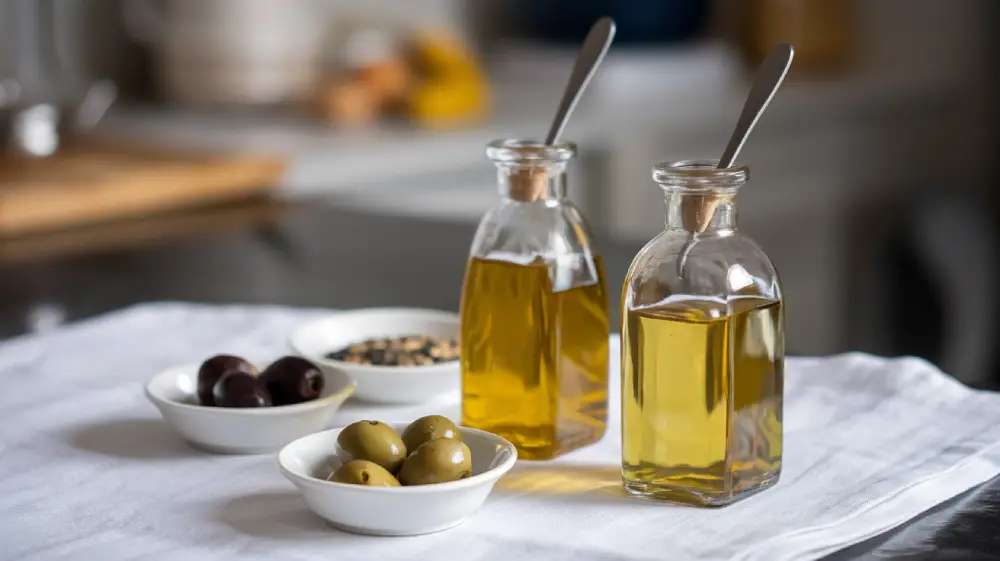
Arguments for Olive Oil Being a Seed Oil
Some food manufacturers and processors classify olive oil alongside seed oils because of the characteristics they share in production. Both types go through pressing and extraction processes.
The oil comes from pressing the whole olive, which includes its pit – technically a seed. Many cooking oil categories group olive oil with other vegetable-based oils for practical purposes.
Like seed oils, olive oil serves similar culinary functions. You can use it for cooking, baking, and dressing foods just as you would use sunflower or canola oil.
Arguments Against Olive Oil Being a Seed Oil
Olive oil comes from the fruit flesh of olives, not from seeds like canola or sunflower oil. This fundamental difference sets it apart in both production and composition.
The extraction process differs significantly. While seed oils often require chemical solvents, traditional olive oil uses simple pressing methods.
Olive oil contains higher levels of monounsaturated fats and antioxidants compared to typical seed oils. Its nutritional profile more closely matches other fruit oils than seed-based alternatives.
The olive’s pit typically contributes minimal oil to the final product, with most oil coming from the fruit’s flesh itself.
Common Myths About Olive Oil
Misconceptions about olive oil lead many people to make wrong choices about cooking and storage. Let’s examine the facts behind two widespread myths.
Is Olive Oil Bad for Your Health?
Olive oil is not harmful to your health like some processed oils. Unlike seed oils, it comes from the fruit of olive trees rather than processed seeds.
Your body benefits from olive oil’s natural compounds. It contains healthy fats and antioxidants that protect your cells.
Quality olive oil can handle high temperatures without becoming toxic. The idea that it creates harmful substances when heated is false.
Is Olive Oil Really Cold-Pressed?
The term “cold-pressed” on olive oil labels can be misleading. Most store-bought olive oils may contain other oils or use different extraction methods.
To get genuine cold-pressed olive oil:
- Look for “extra virgin” on the label
- Choose oils in dark glass bottles
- Buy from trusted producers
- Check for harvest dates
The best olive oils use mechanical pressing without heat or chemicals. This method preserves the oil’s nutrients and flavor.
The Environmental Impact: Olive Oil vs. Seed Oils
The production methods and farming practices of different cooking oils have distinct effects on the environment. Your choice between olive oil and seed oils can make a significant difference in supporting sustainable agriculture.
Sustainability of Olive Farming
Olive trees require minimal irrigation and can thrive in dry climates. These hardy trees can live for hundreds of years, providing a long-term, sustainable source of oil without frequent replanting.
Traditional olive groves support biodiversity by creating habitats for local wildlife and insects. The trees also help prevent soil erosion on hillsides where many olive farms are located.
Many olive farmers use environmentally certified practices to reduce their impact. These methods often include organic farming techniques and water conservation strategies.
Comparing Olive Oil with the Environmental Footprint of Seed Oils
Most seed oils need annual replanting, which requires more fuel for farm equipment and increases soil disruption. The processing of seed oils typically demands more energy and chemical solvents compared to olive oil extraction.
Seed oil crops often need heavy irrigation and pesticide use. These farming methods can lead to soil depletion and reduced biodiversity in farming areas.
Palm oil, a common seed oil, has faced criticism for its role in deforestation. You can reduce environmental impact by choosing products with sustainable certifications like RSPO or Fair Trade labels.
Many commercial seed oils undergo extensive processing steps that use more energy than the simpler cold-pressing method common in olive oil production.
Olive Oil’s Role in a Healthy Diet
Olive oil provides key nutrients and healthy fats that support your heart and overall wellness. Research shows that adding olive oil to your meals can help reduce inflammation and protect against disease.
The Mediterranean Diet and Olive Oil
The Mediterranean diet features olive oil as its main fat source. People following this eating pattern live longer and have lower rates of chronic disease.
You can easily incorporate olive oil into your daily meals. Drizzle it on salads, use it for cooking vegetables, or dip whole grain bread in it as a snack.
Extra virgin olive oil contains the highest levels of beneficial compounds like polyphenols and antioxidants. Choose this type for the most health benefits.
Why Olive Oil Is a Heart-Healthy Fat
Your heart benefits when you replace saturated fats with olive oil’s monounsaturated fats. These healthy fats help maintain good cholesterol levels.
Studies show olive oil can:
- Lower blood pressure
- Reduce inflammation
- Decrease the risk of blood clots
- Protect against heart disease
The antioxidants in olive oil help prevent LDL cholesterol from becoming damaged. This process is important for keeping your arteries healthy.
Use 1-2 tablespoons of olive oil daily as part of your heart-healthy diet. Replace butter, margarine, and other cooking oils with olive oil when possible.
常见问题
What distinguishes olive oil from seed oils in terms of extraction and processing?
Olive oil comes from pressing whole olives – the fruit itself, not seeds. The traditional extraction process uses mechanical pressing without chemicals or high heat.
You’ll find seed oils require intensive industrial processing with chemical solvents and high temperatures to extract oil from seeds like canola, soybean, or sunflower.
How does the nutritional profile of olive oil compare to common seed oils?
Olive oil contains high levels of monounsaturated fats and antioxidants like polyphenols. These compounds help fight inflammation in your body.
Most seed oils have more polyunsaturated fats that can oxidize easily. They lack the protective antioxidants found in olive oil.
Can olive oil be classified alongside avocado and coconut oils, and why or why not?
Olive oil belongs in the fruit oil category along with avocado oil since both come from pressing fruit flesh. Many store-bought versions of these oils are mixed with cheaper seed oils.
Coconut oil comes from pressing coconut meat, making it distinct from both seed and fruit oils.
What are the main differences between vegetable, canola, and olive oils?
Vegetable and canola oils come from seeds and require chemical processing. They often contain a mix of different seed oils.
Olive oil comes from fruit, uses mechanical extraction, and contains just one ingredient – olives.
Which types of oils are generally considered to be anti-inflammatory, including or excluding olive oil?
Extra virgin olive oil ranks as one of the most anti-inflammatory cooking oils due to its antioxidants and monounsaturated fats.
Industrial seed oils like canola, corn, and soybean tend to promote inflammation because of their high omega-6 content and processing methods.
What criteria determine the healthiest oil for cooking purposes?
Smoke point matters – you want an oil that stays stable at your cooking temperature. Extra virgin olive oil works well up to medium-high heat.
Look for oils with minimal processing, no chemical solvents, and natural antioxidants that protect against oxidation during cooking.
Pay attention to storage – choose oils in dark glass bottles kept away from heat and light to prevent rancidity.
结论
Olive oil is not a seed oil. It comes from the fruit of olive trees, while seed oils are extracted from plant seeds like sunflower, soybean, and canola.
The production method sets olive oil apart from seed oils. Olive oil uses simple pressing of fruit, while seed oils need heavy processing with chemicals and high heat.
Your choice between olive oil and seed oils can affect your health. Olive oil provides more antioxidants and has better omega-fatty acid ratios than most seed oils.
When cooking at home, you can feel confident choosing olive oil as a natural, less processed option. Its proven track record spans thousands of years in Mediterranean cuisine and health practices.
For your everyday cooking needs, extra virgin olive oil offers the most benefits. It retains the highest levels of nutrients and natural compounds from the olives.

